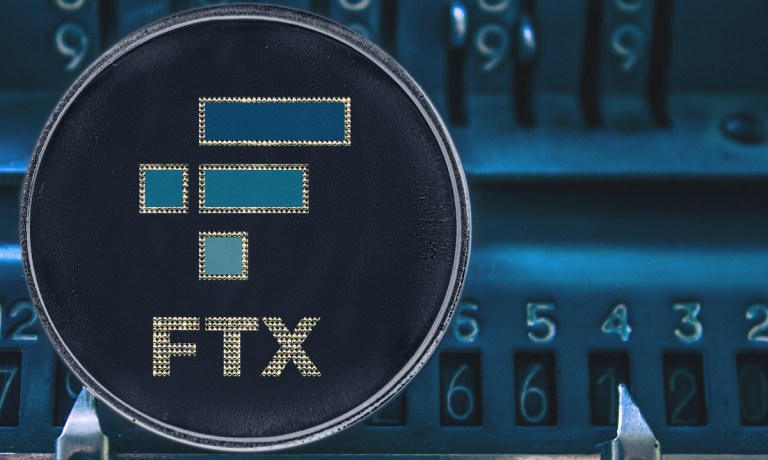
One billion dollars is a lot of money to spend.
But it reportedly took FTX’s 31-year-old co-founder and former CEO, Sam Bankman-Fried, barely two years to burn through more than that 10-figure amount on celebrity endorsements and sponsorship deals for his failed cryptocurrency exchange.
Only the money wasn’t his — or allegedly even his company’s.
Nishad Singh, the former director of engineering at FTX took the stand in the third week of Bankman-Fried’s criminal trial on Monday (Oct. 16), telling the jury that he was “embarrassed and ashamed” of the reckless and excessive outlays made by his one-time boss. And that was before he found out the money was coming from allegedly stolen customer funds.
“It didn’t align with what I thought we were building the company for,” Singh said.
FTX spent $205 million for the naming rights to an arena in Miami, $150 million on a sponsorship deal with Major League Baseball, $28.5 million to NBA star Stephen Curry, a combined $50 million to then-couple NFL superstar Tom Brady and his model wife Giselle Bündchen, and another $10 million to the comedian and producer Larry David.
All-in-all, the spreadsheet of celebrity sponsorship deals shown to the jury in court on Monday amounted to a total of $1.13 billion.
The shortfall in FTX’s customer funds remains many times that amount.
The deals “reeked of excess and flashiness” Singh told the court, while admitting that even after he learned customer funds were being drawn upon and spent by Bankman-Fried, he still approved transactions.
Singh, who has pleaded guilty to six criminal counts for his role in FTX’s alleged financial fraud and is cooperating with federal prosecutors in their case against Bankman-Fried, faces a maximum sentence of 75 years.
“I hope for no jail time,” he told the court.
Read also: Friends Become Foes: Prosecution Wraps Second Week of Bankman-Fried Trial
Federal prosecutors have alleged that Bankman-Fried stole billions in customer funds from his crypto exchange, and that Singh as well as FTX’s Chief Technology Officer Gary Wang designed the computer code that allowed him to do it.
Wang, who took the witness stand in the trial’s first week, has corroborated this account.
Singh on Monday admitted to the jury that he committed crimes with “Sam Bankman-Fried, Caroline Ellison, Gary Wang, and others.”
Singh also admitted that he participated in the creation of the code, telling the prosecution that he understood the “Allow_Negative” feature to be “for getting FTX back the ability to get back locked forms of FTT. I was told this the day I wrote the code, by Sam and then Gary.”
“Gary said Alameda was borrowing $13 billion from FTX. I was hoping I’d misunderstood. FTX itself didn’t have that much money,” Singh said.
He added that “[Bankman-Fried] would unilaterally spend Alameda’s money. He told me he’d threatened to fire Caroline.”
Speaking for almost three hours on Monday, Singh detailed how Bankman-Fried chased celebrities and spent lavishly on real estate.
The former engineering head said that he had “always been intimidated by Sam,” whom he called a “formidable character.”
Singh, who lived with Bankman-Fried in the Bahamas, grew up with him in the Bay Area, and was a close friend of Gabe Bankman-Fried, Sam’s younger brother, described to the jury how his admiration and respect for the crypto entrepreneur “eroded over time.”
Singh had the third-largest equity stake in FTX at around 6-7%, which he testified had at one point made him a billionaire.
Read also: Sam Bankman-Fried, FTX and the Demise of the Cool Kids
In a late-night filing Sunday (Oct. 15), Bankman-Fried’s legal team pleaded for access to his long-release Adderall, hinting that their client may take the stand to testify in his own defense — but that without his medication he won’t be able to.
The use of stimulants by the executive team at FTX and its trading firm, Alameda Research, has long been the subject of media scrutiny and speculation.
“Nothing like regular amphetamine use to make you appreciate how dumb a lot of normal, non-medicated human experience is,” tweeted Ellison, the ex-CEO of Alameda and another one of the prosecution’s star witnesses, in 2021.
It would be unusual for Bankman-Fried to take the stand in his own defense, although self-testimony is not unheard of. The former Theranos CEO Elizabeth Holmes, for example, testified over multiple days in her own defense.
Per The New York Times, Holmes “largely blamed others … and posited that her decisions were misunderstood.”
Observers believe Bankman-Fried, if he decides to testify, will likely read from a similar script.